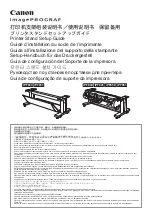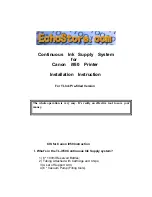
Installation
Manual_Grid_Power_FNC_en_V3_0
28
8.1.3.
Mounting a Rack
Assemble the rack according the instructions delivered from the manufacturer.
Observe the following minimum distances:
Clearance between rack and wall: min. 50 mm
Clearance between cell and wall: min. 100 mm
Aisles between racks: min. 500 mm
DANGER!
Risk of serious injury or death caused by high voltages and electric shocks.
If component voltages in excess of 120 V are reached or if the rated voltage of the battery is
above this value, then a minimum distance of 1.5 m is to be maintained between non-insulated
connections or connectors and earthed parts (e.g. water pipes, heating) and between the end
terminals of the battery.
8.1.4.
Mounting a Cabinet
Assemble the cabinet according to its documentation, if it is supplied in separate parts.
Observe the following minimum clearances:
Clearance between cabinet and wall: min. 50 mm
Aisles between cabinets: min. 500 mm
8.1.5.
Ventilation Requirements
Ensure that the battery room or cabinet has an adequate ventilation. The ventilation has to
keep the hydrogen concentration below the threshold of 4% by volume during battery
charging, in accordance with DIN EN IEC 62485-2.
The volume of air which must be changed hourly may be calculated by the following
formula:
Q = 0.05 * n * I
Q = volume of air in m
3
per hour
n = number of FNC
®
cells of the battery system
I = charging current in ampere (A)
The battery room or cabinet can be natural or forced ventilated. If natural ventilation (airflow
0.1 m/s) is used the inlet and outlet openings must have a minimum cross-section, that is
calculated as follows:
A = 28 * Q
A = cross-section of vent in cm
2
Q = volume of air in m
3
per hour
Provide ventilation openings at suitable locations to obtain the most advantageous
conditions for air exchange.
















































